Time Shifting Maze is an installation which allows the visitor to enter a world of real-life optical effects mixed with virtual, time-shifted content. The visitor will be confronted with captured moments from the past that mix with the present moment in a setup of mirrors, lights and projection screens.
Dive into a world where expansion of space is unclear and the perception of the present moment in time gets blurry!
The Maze, or Labyrinth, or Daedalus has long been part of our cultural history. A fascination which can be dated back to prehistoric times and artifacts and lasts to modern day. The maze has a mythological context tied to the birth of Architecture. There is a story of Daedalus designing and building a maze to house the Minotaur. Deadalus is considered the first architect. The word daidalos (art, technique) and daidala (artifact) were associated to admiration as well as deception and illusion: an intimate relation to Art, Technique and illusion. *1
The second meaning of maze is philosophical and it relates to the contemplative experience of life and self dealing with the concepts of freedom of choice, fear and “getting lost”. In many cultures labyrinths are considered contemplative tools, a “meditative walk” for personal and spiritual search and transformation. In other words a place where you meditate on life, on its twists and turns, the good and bad choices you are free to make. Traditionally, the self and its soul is placed at the centre of the labyrinth and contemplation of the self is the objective. The idea of transition and transformation is important: “as one journeys through the labyrinth and the path opens up before them, a process to and from the unknown takes place. Therefore the labyrinth can be seen as a concept which does not have a beginning or an end. The idea is always on the move, constantly changing and transforming. It can be used as a symbol for transition and the unknown”. *2
As children we experienced the exciting tension and fun of getting lost but of finding our way again in a mirror maze. Fundamental ingredient is the element of “loss of self”, surprise and transformation. We are not very good at recognizing illusions, especially the ones we don’t expect or don’t cherish. Our maze deals just with that theme. In a digital context where infinite information and freedom of choice is available, transformation and paths for self-search and loss are ancient but very contemporary archetypes. Like Daedalus, we will leverage this archetype through the use of interaction technology which will face the spectator with surprising illusions playing with space and time, such as overlaps of self and other people.
The labyrinth is a representation of an architectural ideal which is constantly transforming, always on the move. Like life it can be continuously transforming and can have more than one solution.
From this perspective the Time Shifting Maze is a project that is changing with each installation.
1) Daniel Luke Dorall, The Inversion Theory, p.6, p.8 (Pèrez-Gòmez, Alberto, “The myth of Daedalus” in AA Files, 1985, p.50)
2) Daniel Luke Dorall,The Inversion Theory, p.16 (Peter Eisenmann cited in Rossi, Aldo, The Architecture of the city, p.3))
Time Shifting Maze
- Categories →
- exhibition
- installation
- interactive
-
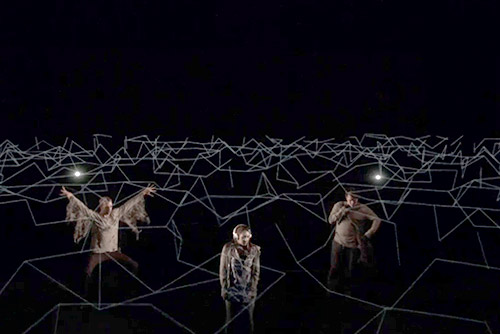
The Infinite Bridge

-

transmatter

-

TRIPTYCHON

-

A Thousand Times Me

-
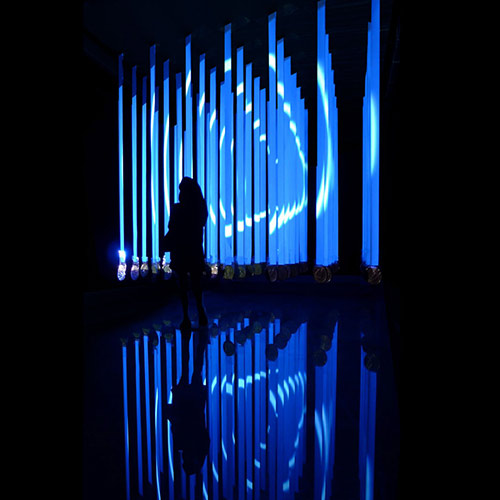
Luminessenz

-
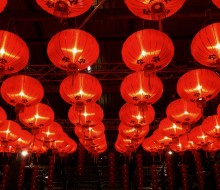
Dragon Hall

-
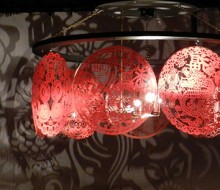
Shadows Lounge

-
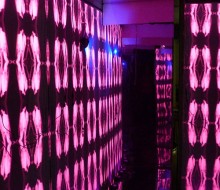
Time Shifting Maze

-

iBar

-

Orange Garden

-
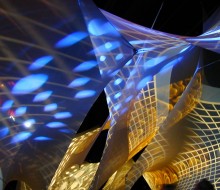
Hypersurfaces

-
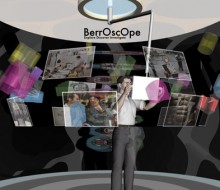
BerrOscOpe

-
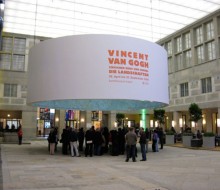
Vincent van Gogh – Landscapes

-

ShallWeMusic?

-

Atlantis Kids Club

-
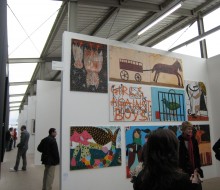
Volta Artshow Basel

-
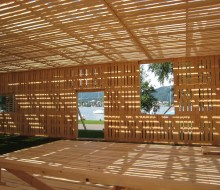
Familypark

-

Tudor Lounge

-

Charivari

-

Catch the fairy

-

Action Sheep

-
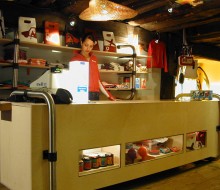
Aquarius Shop Design










